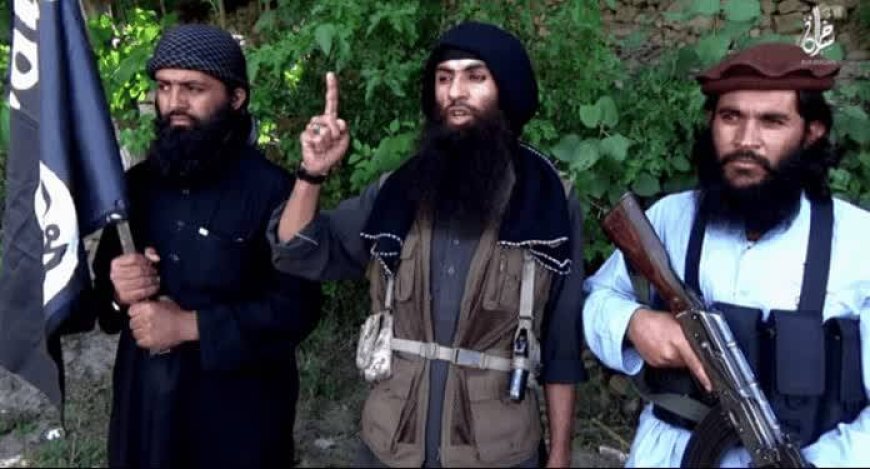ISIS-Khorasan: The growing menace of ISIS in Afghanistan is a dark cloud over the rest of Central Asia
Since its inception, the terrorist group ISIS has declared control over large swaths of territory in a number of countries, including Syria, Iraq, Khorasan, which encompasses modern-day Afghanistan, and parts of Central Asia.

By: N. Daneshvar
There has been a resurgence of media attention on the potential threat to Asian security posed by ISIS-affiliated militants operating in Khorasan and displaying increased power in a vast region such as Central Asia.
The destruction of ISIS in Iraq and Syria at the hands of Iranian forces is the primary cause of the concentration of ISIS terrorists in the Greater Khorasan region. Consequently, the Western architects and financiers of ISIS had to reorganise the group's decimated ranks. In this regard, many Central Asians, especially Turkmens and Uzbeks, may have returned home after ISIS's defeat in the Middle East, according to recent reports.
Earlier, at a conference in 2019, Russian Defence Minister Sergei Shoigu said he estimated that 5,000 people from Central Asia were in Iraq and Syria fighting for ISIS, with many of them returning home.
Many experts concur that the United States' tension-causing strategies and the White House's keen interest in creating regional crises and fueling conflicts near the borders of its strategic rivals are the root causes of ISIS' recent focus on a region as vast as Central Asia,which is adjacent to both Russia and China. According to Russia's special envoy for Afghanistan affairs, Zamir Kabulov, the US government communicates with terrorists in Afghanistan, covertly supports the ISIS terrorist group, and employs terrorists in Central Asia to accomplish its geopolitical goals.
Mohsen Pakayin, Iran’s former ambassador to Uzbekistan, believes that ISIS' mission in Central Asia is to destabilise the governments of that region in order to break into Russia's traditional sphere of influence. Pakayin further stated that the presence of ISIS in Central Asia must be viewed through the lens of the rivalry between Washington and Moscow.
Weak secular sociopolitical systems in Central Asia, together with the wrong strategies by the local governments in dealing with extremist currents and an abject failure to curb the emergence of radical ideologies like Wahabism, have all contributed to the rise of ISIS.
On the other hand, ISIS has exploited the traditional and complex social fabric of the Central Asian nations and also crisis-causing geographic areas in the region, such as the Ferghana Valley in Uzbekistan, which has a long history of breeding extremists and ISIS' fighters. The leaders of Central Asia and the rest of the world should closely cooperate to address this pressing issue.













































